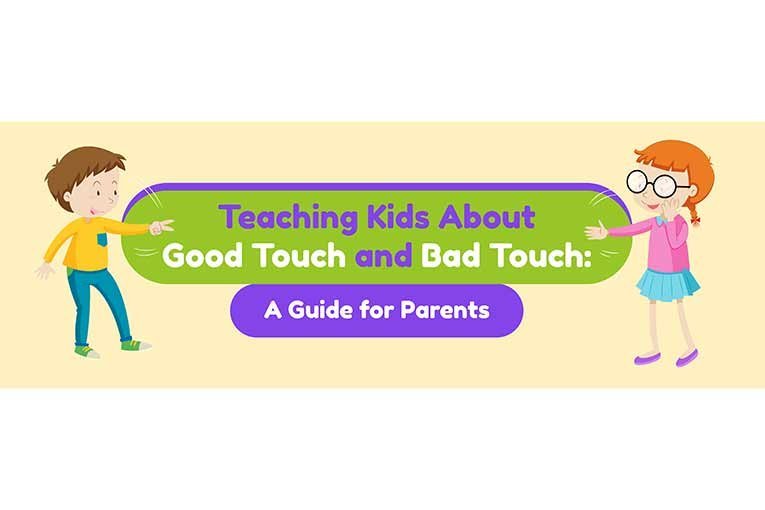Tips for Parents: Explaining Good Touch and Bad Touch
Discussing the concepts of good touch and bad touch with children is a crucial aspect of parenting. It not only helps in safeguarding them from potential harm but also empowers them to maintain their personal boundaries and understand consent. Here are practical tips and strategies to guide parents through this sensitive yet vital conversation.
Understanding the Basics
Before diving into discussions with your child, it’s important to clarify what good touch and bad touch mean:
- Good Touch: This refers to touches that make a child feel loved, safe, and cared for. Examples include hugs from parents, a pat on the back, or a high-five.
- Bad Touch: This involves any touch that makes a child feel uncomfortable, scared, or confused, whether it comes from a stranger or someone they know.
Age-Appropriate Discussions
It’s essential to tailor your conversation according to the age of your child to ensure they understand and are not frightened by the information:
- For Toddlers (Ages 1-3): Use simple language and talk about ‘safe’ and ‘unsafe’ touches. Encourage them to report any touch that makes them feel uncomfortable.
- For Preschoolers (Ages 4-6): Introduce the concept of private parts, explaining that areas covered by a swimsuit are private. Emphasize that no one should touch their private parts and that they should tell a trusted adult if someone does.
- For School-Aged Children (Ages 7 and up): Discuss the importance of consent and respecting personal boundaries. Teach them to say ‘no’ firmly and to inform a trusted adult about any inappropriate touch.
Creating a Safe Space for Communication
Open communication is key to ensuring your child feels comfortable discussing sensitive topics like this. Here are some strategies to help create a safe environment:
- Be Approachable: Let your child know that they can talk to you about anything, without fear of judgment or anger.
- Practice Active Listening: Show interest in what your child is saying without interrupting. Acknowledge their feelings and provide comfort and assurance.
- Use Teachable Moments: If a situation arises in a book or while watching TV that involves touch, use it as an opportunity to discuss these concepts.
Empowering Children to Speak Up
Empowering your child is about giving them the confidence and tools to protect themselves. Here are some ways to empower your child:
- Role-Playing: Engage in role-playing scenarios where your child practices saying “no” or “stop” assertively.
- Identify Trusted Adults: Help them identify adults they can trust and talk to if they’re ever uncomfortable or need help.
- Discuss Scenarios: Talk about hypothetical situations to help your child understand how to react and whom to go to for help.
Teaching your child about good touch and bad touch is a protective measure that also supports their development of healthy relationships and self-awareness. By using age-appropriate language, creating a trusting environment, and empowering your child to speak up, you are laying the foundation for their safety and well-being.

